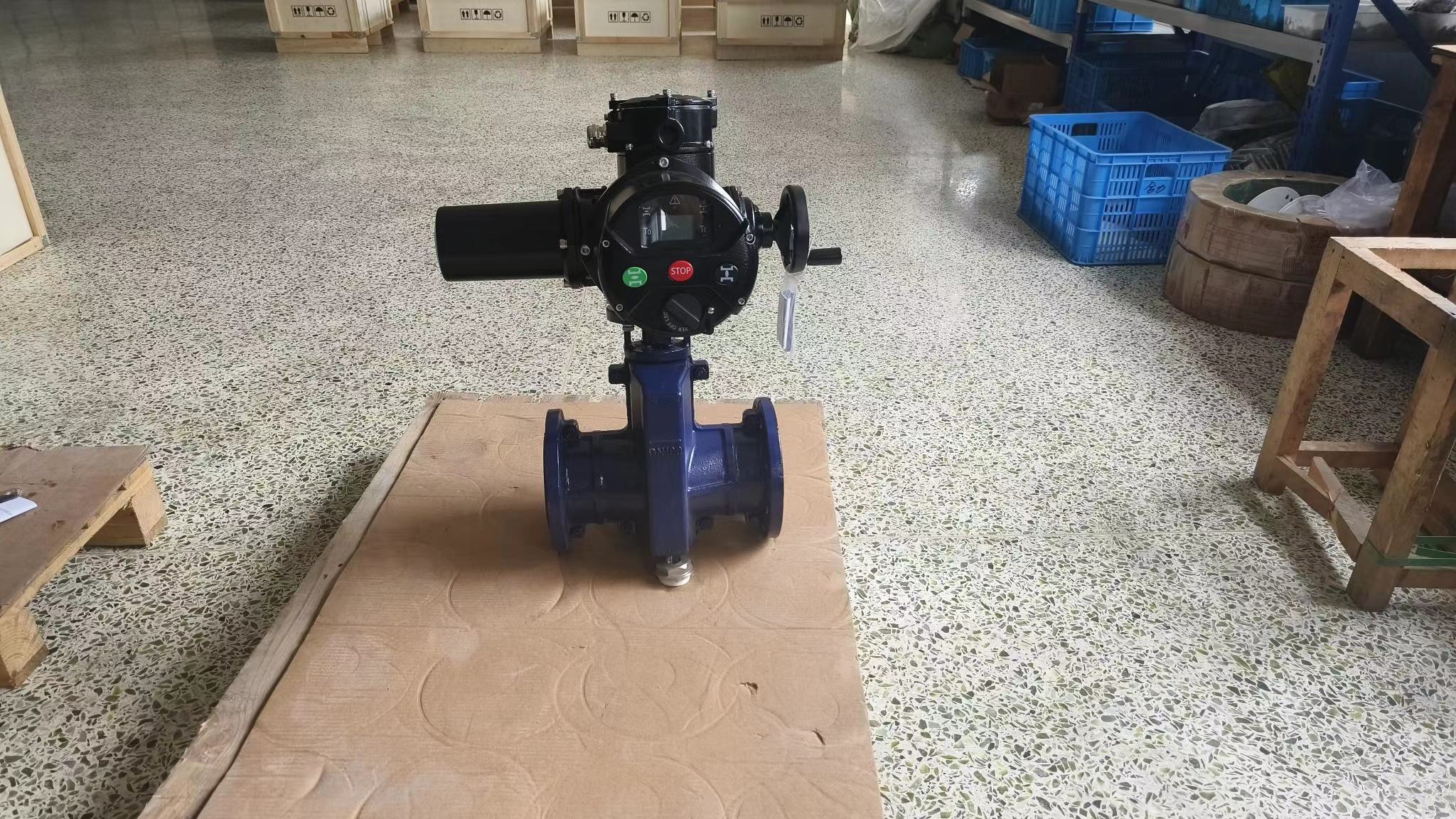the future of fluid control: hydrogen energy electric pinch valve
Release time:2024-12-14 01:50:40
In recent years, the world has witnessed a growing interest in sustainable energy technologies, with hydrogen energy emerging as a key player in the transition towards a cleaner and more sustainable future. As industries and researchers continue to explore the potential of hydrogen as a fuel source, the need for advanced fluid control systems has become increasingly important. Among these systems, the hydrogen energy electric pinch valve stands out as a vital component, offering efficient and precise control over the flow of hydrogen in various applications.

What is a Hydrogen Energy Electric Pinch Valve? Electric pinch valves utilize a simple yet effective mechanism to control fluid flow. They consist of a flexible elastomeric sleeve that is pinched by a pair of opposing actuating elements, usually powered by an electric motor. When the sleeve is pinched, the flow of fluid through the valve is restricted or completely stopped, allowing for precise control of the flow rate. This design is particularly advantageous for handling corrosive or abrasive fluids, making it ideal for hydrogen applications.
Hydrogen energy systems often involve the transport and storage of hydrogen gas, which necessitates the use of reliable and durable valves. The electric pinch valve’s design minimizes the number of moving parts, reducing wear and tear and ensuring longevity in demanding environments. Moreover, electric actuation allows for enhanced control compared to traditional manual or pneumatic valves, enabling real-time adjustments based on operational requirements.

